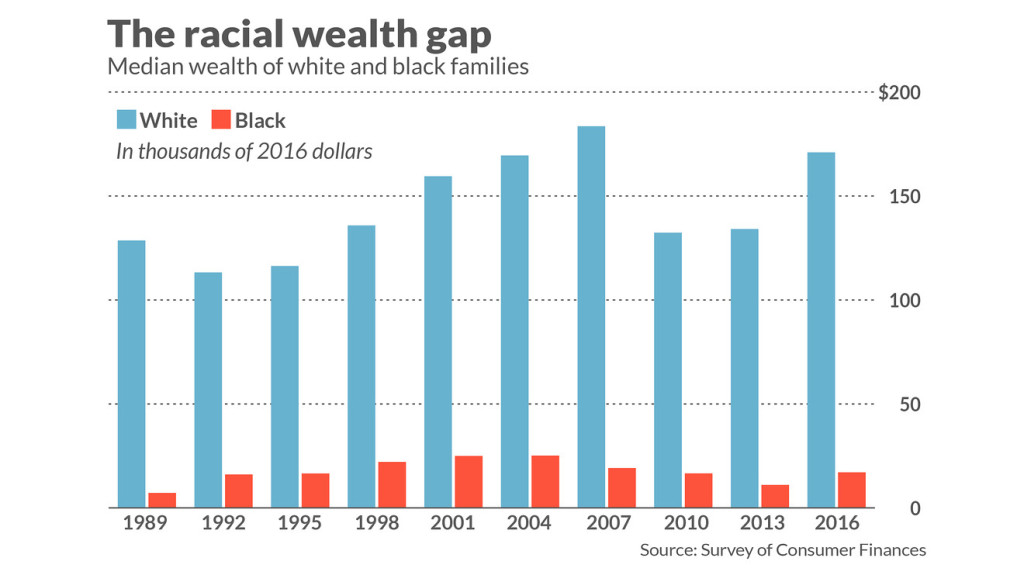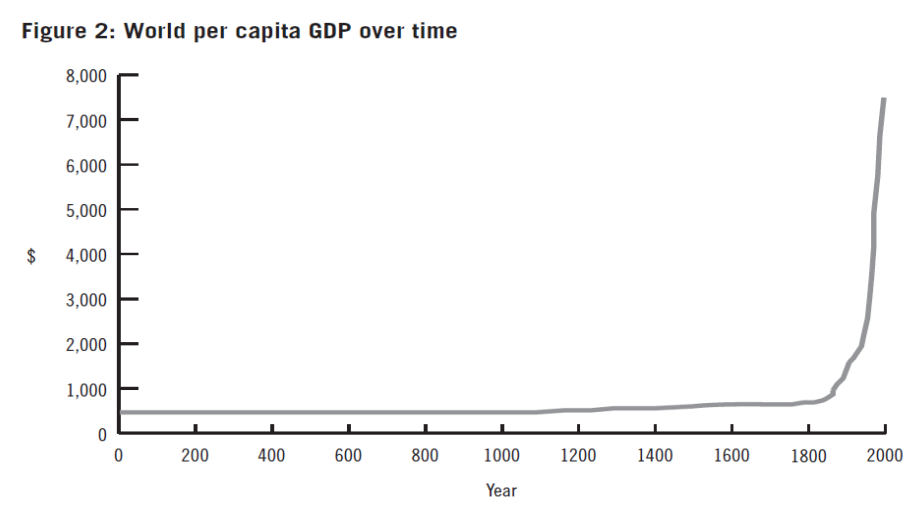From Asad Zaman Most economists are committed to Friedman’s methodology which advocates a nominalist philosophy of science. Theories do not aim to discover hidden real structures which explain the observations. Instead, they aim to “save the appearances”: provide a good match to the observations. Although a small minority of voices has advocated a realist methodology – Bhaskar Roy, Peter Manicas, Tony Lawson, and some others – the vast majority remains unconvinced. One important reason for this is the Duhem-Quine thesis. Any given set of core assumptions about hidden reality can be put into conformity with any collection of observations by suitable auxiliary assumptions. Furthermore, the protective belt for core theory can accommodate any incoming stream of contrary observations. Peter
Topics:
Asad Zaman considers the following as important: Uncategorized
This could be interesting, too:
tom writes The Ukraine war and Europe’s deepening march of folly
Stavros Mavroudeas writes CfP of Marxist Macroeconomic Modelling workgroup – 18th WAPE Forum, Istanbul August 6-8, 2025
Lars Pålsson Syll writes The pretence-of-knowledge syndrome
Dean Baker writes Crypto and Donald Trump’s strategic baseball card reserve
from Asad Zaman
Most economists are committed to Friedman’s methodology which advocates a nominalist philosophy of science. Theories do not aim to discover hidden real structures which explain the observations. Instead, they aim to “save the appearances”: provide a good match to the observations. Although a small minority of voices has advocated a realist methodology – Bhaskar Roy, Peter Manicas, Tony Lawson, and some others – the vast majority remains unconvinced. One important reason for this is the Duhem-Quine thesis. Any given set of core assumptions about hidden reality can be put into conformity with any collection of observations by suitable auxiliary assumptions. Furthermore, the protective belt for core theory can accommodate any incoming stream of contrary observations. Peter Manicas in History and Philosophy of the Social Sciences has argued that the conclusion from this is that we should abandon the quest for certainty, instead of the quest for realism. However, his arguments are unfamiliar and ignored. Although I agree with Manicas, it is not my purpose to argue for realism in this post. Rather, I want to consider more carefully the consequences of the Duhem-Quine thesis – we can find an infinite number of essentially different models to fit any finite collection of data.
The problem with nominalist methodology arises due to epistemic over-stretch: after fitting a nominal model, you claim real properties for it. The most familiar example is that of regression models. Even though these are fitted purely on the basis of correlations, using them for policy invokes an unjustified and unjustifiable causal interpretation. If a curve fits the data well, this is not sufficient to authorize forecasting or policy based on the curve; an infinite number of curves can be found which fit the data perfectly, and yield radically different policies and forecasts.
Many authors have noted that “fitting the data” or “saving the appearances” is a non-requirement — it means nothing. Theories are NOT required to fit the data, since they can be saved by a protective belt of auxiliary hypotheses. In econometrics, one can do this by adding a dummy variable for an outlying observation. If you add sufficient number of dummies, all observations can be fit to any theory. Of course, such OBVIOUS massaging of the data would call attention, but one can mimic this process in many different not-so-obvious ways. Complex assumptions regarding the nature of the error process is the most common method in econometrics to get any data to conform to any theory. Romer realized, to his shock and horror, that his Chicago school teachers had no concern at all to match the data. When the regressions started showing lack of fit to their theories, they shifted from regression methodology to “calibration” — the data was destroying too many good theories!!! A previous post on Quotes Critical of Economics and also Romer’s Trouble With Macro quotes numerous economists on how “post-real” theories show complete lack of concern for reality. The core of microeconomics, utility theory, is another post-real theory. Even though actual human behavior is strongly in conflict with this theory (see Behavioral vs Neoclassical Economics), micro textbooks all over the world continue nonchalantly to ignore this voluminous empirical evidence, and proceed to teach the theory exactly as if it is the gospel truth.
In my paper entitled “Models and reality: How did models divorced from reality become epistemologically acceptable?” RWER Issue 91, I have shown current economic methodology puts no requirements on theories to match data. This leads to the important question: “What ARE the requirements placed on “successful” theories?”. A deep insight of Karl Marx provides the answer: capitalism works not by forcibly exploiting the laborers, but by making them think that this exploitation is a natural and essential component of well-designed system which delivers optimal results. Successful economic theories must satisfy two requirements: they must protect the interests of the small minority (the top 0.01% who benefit enormously) but at the same time, the theories must have universal appeal, in order to generate the consent of the bottom 90% to be exploited by the system. This means the ability to deceive the masses is a core requirement for successful theories. I have spelled out how central economic theories today are designed to have both of these characteristics (see Economic Theories of the 1%: Blindfolds Created by Economics).
The Global Financial Crisis has peeled away the blindfolds created by neoclassical theories and exposed the ugly realities of racism and increasing inequalities. A 2015 survey by Federal Reserve Bank of Boston revealed that the median net worth of black families in Boston was $8, while that of the white families was $247,500!. The rags-to-riches story is an essential element of the deception which makes the inequalities palatable to the masses. The illusion that anyone can make it big – the Horatio Alger myth — fostered and sustained by Hollywood has been shattered by increasing awareness of deeply entrenched inequalities. The following graph provides shocking evidence of the (lack of) social mobility of black families:

Similarly, the article “Never Mind the 1%, Let’s Talk about the 0.01%” graphically shows the amazing levels of increasing inequality. All of the gains from growth go to a tiny percentage of the population, while standards of living have declined for the masses (see Eight Graphs that tell the story of US Economic Inequality). So much so that life expectancies have gone down in the USA due to suicides (see Suicides Fuel Decline in US Life Expectancy)
As the multiple illusions which sustain capitalism are breaking down under the impact of severe shocks to the economic system, a new line of defence is being prepared — see Soros’ INET: The Trojan Horse of the Financial Oligarchy) In this new line, we start with a frank admission of all the failures of capitalism on multiple fronts – thereby disarming the attackers. Then we portray the past century as a spectacular success in wealth creation. We can label this the “hockey-stick” defence. The hockey-stick is portrayed in the chart labelled as Figure 2 taken from [Snowdon, Brian (2006) The Enduring Elixir of Economic Growth. World Economics 7:1], who writes that “Economic growth, not redistribution, is the single most powerful mechanism for generating long-term increases in income per capita.” The passion behind the propaganda is so powerful that the trivial and trite nature of this tautological truism – growth rate of any criterion is obviously the most powerful mechanism for increasing this same criterion – is not obvious to the learned author. The statement would have some bite it said that the growth rate is the most powerful mechanism for eliminating poverty – but then it would be manifestly false.

The argument is basically that all sins of capitalism should be forgiven, in light of this spectacular performance in terms of growth. There are many lines of attack one can take against this argument. One of the natural lines is to focus on increasing inequality and poverty, and this has been explored widely. My paper “Evaluating the Costs of Growth” RWER #67 2014 is devoted to an alternative line of attack. This says that growth is measured by computing the income generated, but without subtracting the costs to the environment. If we measure both, then the growth record turns negative. The central message of the ten page paper is well captured and summarized in the cartoon:

So how can we enable the masses to see through the “Growth Illusion”? How can we counter the deliberate deceptions that sustain capitalism by preventing masses from realizing their common enemy, and diverting their attention to false demons to blame for their misery (see The Shifting Battleground)? To understand the answer, we must differentiate between policy/plan and strategy. Planning can be done by describing a sequence of steps which will take us to the desired goal. But strategy must be used when there is an active and vigilant enemy who has the job of preventing us from reaching the goal.
For strategic analysis, we must examine the tools being used for brainwashing the masses. Even though economic theory is taught at universities to a small number, this is the central tool of propaganda – simplified versions, reduced to slogans and soundbites, and Hollywood movies, spread the message to the masses. How can we interfere with this educational process, and create enlightened alternatives to the ideological indoctrination into capitalism at modern universities? A while ago, my paper on “Challenging the Economics Curriculum: Creating Challengers and Change” was published as a chapter in a volume on this topic by Madi & Reardon. But the obstacles in the path of change are huge! The orthodoxy has a vested interest in keeping the ivory towers of academia free of the weeds of heresy. In the past, there used to be some tolerance for dissent, but capitalists have captured this frontier as well and commercialized it heavily over the past several decades. Non-conformity and dissent have no place in universities which are meant to turn out standardized parts – human resources — for use as cogs in capitalist machine for the production of wealth.
As I wrote in Radical Paradigm Shifts, it is a nearly hopeless task to deprogram minds which have been conditioned to believe in economics. Examining the history of dramatic failures of very sophisticated schools of heterodox economic resistance to the mainstream, I have come to the conclusion that heartlands of capitalism are too well guarded. Any strategy for change must be based on reaching the victims of capitalism. Within the center, these victims (the bottom half) are fed on a constant diet of soma, and are watched vigilantly for changes in thought patterns. Revolts like Occupy Wall Street, Black Lives Matter, and the like are easily snuffed out by professionals and experts in discontent management. Thus the task of saving the planet, and future of humanity, from the ravages of capitalism falls to the periphery, or the hinterland, where the forces of capitalist propaganda are not so deeply embedded into the institutional structures.
Towards this end, I have been working on developing online courses which provide radical alternatives to conventional economics. We hope to provide them at nominal cost to large numbers of students and teachers in the over-exploited world (as opposed to under-developed; billions of dollars flow from the poorest countries to the richest every year). Among the most powerful messages I have found to inspire students to change is the idea that human lives are infinitely precious. To convince us that we are commodities for sale to the highest bidder in the labor market, our education robs us of our true identities. A powerful antidote is to “Learn Who You Are“.
